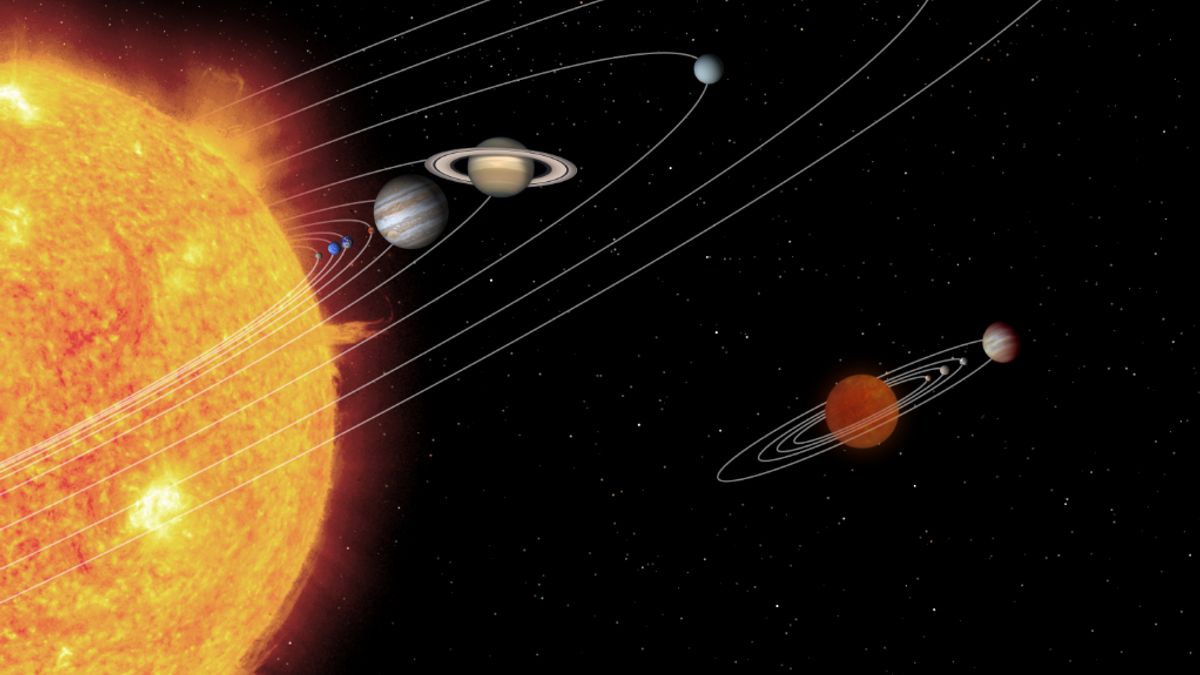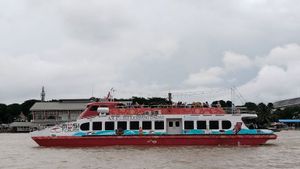JAKARTA - The remaining age of the Sun is estimated to be only 5 billion years. When that happens, planet Earth is predicted to be destroyed and all that's left is Jupiter. The astronomers' predictions were issued after they discovered another solar system located near the center of the Milky Way using the WM Keck Observatory in Hawaii.
Astronomers found a white dwarf that died but still remains a Jupiter-like planet with a Jupiter-like orbit. From these findings prove that planets orbiting a considerable distance can continue to survive after the death of its star.
"This evidence confirms that planets orbiting large enough distances can continue to exist after the death of their star," said study author Joshua Blackman, a researcher from Australia's University of Tasmania.
"Given that this system is analogous to our own solar system, this suggests that Jupiter and Saturn may have survived the red giant phase of the Sun when it ran out of nuclear fuel and self-destructed," Blackman added.
Astronomers are not only researching the impact of the death of the Sun, they are also constantly exploring space in search of other habitable planets. Last year, astronomers found a habitable planet, the condition is similar to Earth. The findings are written in a paper published on October 5, 2020.
Earth Sky explained that the paper was the result of research from a research team from Washington State University. They found as many as 24 planets out of a total of 4,000 potentially habitable exoplanets and claimed to be suitable for life.
- https://voi.id/technology/93730/matahari-terbit-dari-barat-pertanda-kiamat-begini-opinion-nasa
- https://voi.id/technology/93830/para-astronom-tangkap-gelombang-radio-aneh-dari-planet-terjual-bendakah-alien
- https://voi.id/technology/94314/sestep-lagi-human-can-melihat-proses-pemunjukan-meteor-directly-ini-caranya
The researchers explained that potentially habitable planets should be observed further.
"Potentially very habitable (superhabitable) planets may be suitable for priority for further observations than other Earth-like planets," the research team said.
The research began by observing a system of planets containing rocky terrestrial type planets orbiting in the habitable zone. The area is at a temperature that could possibly accommodate the presence of water. They explained that habitable planets are around their sun. A planet orbiting around a G-type star like the Sun would be the best place to be.
However, such stars are only about 8-10 billion years old and take four billion years to evolve. Meanwhile, K-type dwarfs are colder and less close to the Sun but have a longer lifespan of up to 70 billion years.
The research team also revealed that if the planet's temperature is 5 degrees Celsius warmer than Earth's temperature and has more water, the planet may have a variety of rainforest biodiversity. However, astronomers must conduct more in-depth research regarding the possibility of habitable planets.
The English, Chinese, Japanese, Arabic, and French versions are automatically generated by the AI. So there may still be inaccuracies in translating, please always see Indonesian as our main language. (system supported by DigitalSiber.id)








